
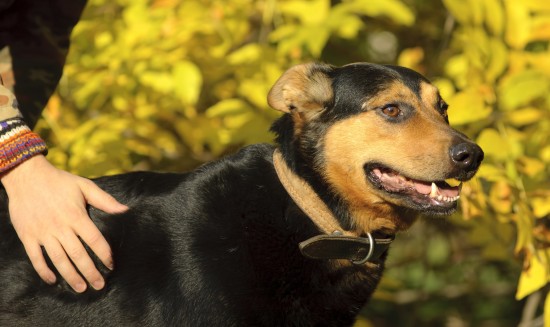
Every dog owner knows that an annual check up with the vet is important to monitor and manage the health and condition of their dog, and to allow your dog to receive their annual vaccination boosters. But a year can be a long time to wait between appointments! While you will of course need to ensure that your dog goes to the vet if they are unwell or showing signs of problems during the time between appointments, it is also important to check your dog over now and then and ensure that they are in good health in the meantime.
While it can be difficult to know where to start with this, essentially, it is a simple process that only takes a few minutes each time, and can be incorporated into your regular dog care routine. Try to health check your dog once a month, such as at the time that you apply their flea prevention treatments, and you will stand a much greater chance of spotting any potential problems developing early on. Here’s what to check, and how to do it.
Run your hands firmly but gently along your dog’s body in the direction that the fur grows, starting at the head and working downwards. You will need to look out for anything unusual or that may have changed, such as any lumps and bumps, hot spots, rough areas, sores, or anything that causes your dog to display signs of discomfort. Also, check that your dog’s weight is stable, and that they are not too fat or too thin.
The coat should look healthy, and not be showing any signs of sparse hair or bald patches, and the texture should be consistent month to month. Some dogs are naturally smoother and more glossy than others, so get to know your dog’s normal coat appearance and feel and monitor for any changes.
Take a look at your dog’s skin by parting the hair on different areas of the body, and check that the skin is supple, not dry, clean and not flaking. Your dog’s skin should be warm but not hot, and should be a uniform temperature all over with no hot spots.
Your dog’s back end should be clean and not offensive smelling, and the anus should not be protruding outwards. Keep an eye out for inflammation or signs of worms, and check that the anal glands are not painful or impacted.
The pads of the paws should be supple, and not showing signs of sloughing off, dryness or cracking. The claws should not be so long that they click on hard floors when your dog walks, and the claws should be growing straight, without cracks or splitting. Check between each of the toes on your dog’s feet to make sure there is no soreness between the toes, or particles of gravel or grass seeds stuck between the toes, which can chafe and cause irritations. Pay attention to the dewclaws as well, and make sure that these are not protruding more than they should or curling in to dig into the leg.
The eyes should be clean and clear, without any puss or gooey discharge from them. Your dog should not be squinting, blinking too rapidly or having problems keeping their eyes open, and the whites of both eyes should be white. Look out for any clouding or changes of colour of the cornea, and difficulties focusing or seeing normally.
Your dog’s nose should generally be slightly damp, although it is not abnormal for the nose to be dry when the dog has just woken up. The nose should be cool rather than hot to the touch, and it should not show any signs of soreness, discharge or crusty deposits.
Your dog’s ears should be clean and not showing signs of dirt or gunk build up, and the skin of the inner ears should be pale pink and not red, which can indicate inflammation. A build up of wax or debris within the ear can lead to infections and painful discomfort, so it is vital to keep your dog’s ears clean and dry. Ear mites can make your dog’s life a misery, and be difficult to identify, so look out for a white discharge or a lot of shed skin around the ears, and your dog constantly scratching at their ears, pawing at their head or shaking their head.
Your dog’s tongue should be moist and pink, and the gums should be a healthy medium pink shade. Inflammation will appear dark red, while sickness will usually be indicated by paler gums. The teeth should be white to mid-yellow in colour, and should not be showing signs of tartar build up, cavities or decay. Your dog’s breath should not be offensive!
Pressing the gum with a finger should cause that area of the gum to lighten, and then return to its normal colour within a second. This is called capillary refill time, and indicates that your dog’s blood pressure is healthy and normal.
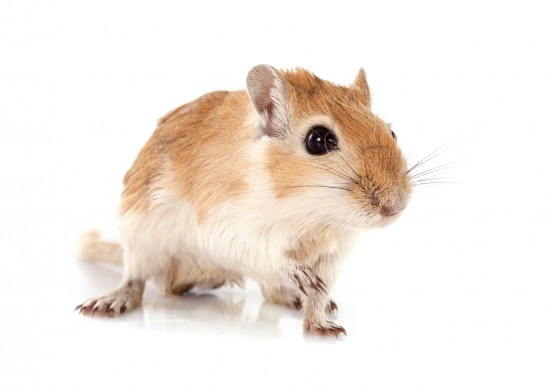 10 Things You Need To Know Before Adopting A Gerbil
10 Things You Nee
10 Things You Need To Know Before Adopting A Gerbil
10 Things You Nee
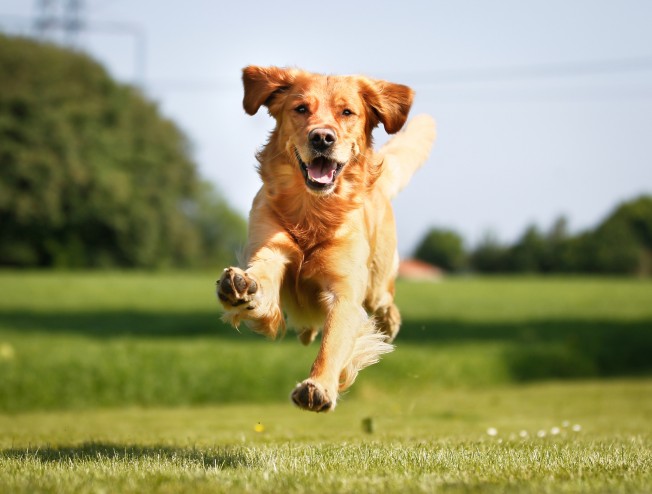 Five Ways To Make Life Easier For Your Dog With Allergies This Summer
Five Ways To Make
Five Ways To Make Life Easier For Your Dog With Allergies This Summer
Five Ways To Make
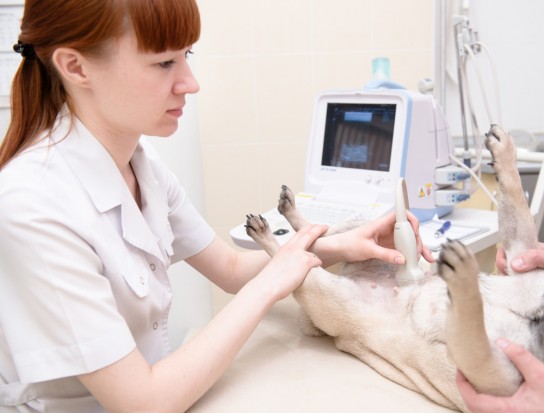 Unwanted Pregnancies In Dogs - What You Should Do
Unwanted Pregnanc
Unwanted Pregnancies In Dogs - What You Should Do
Unwanted Pregnanc
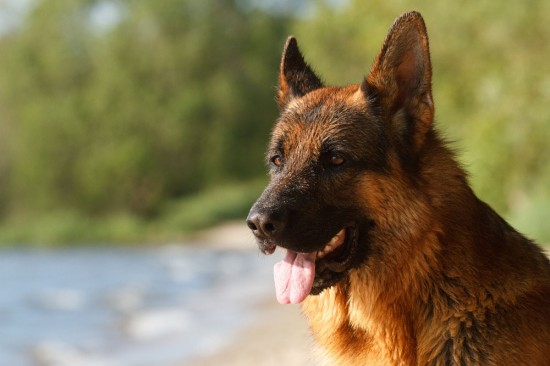 Can Dogs Detect Cancer?
Can Dogs Detect C
Can Dogs Detect Cancer?
Can Dogs Detect C
 What To Do If You Come Across A Stray Dog
What To Do If You
What To Do If You Come Across A Stray Dog
What To Do If You
Copyright © 2005-2016 Pet Information All Rights Reserved
Contact us: www162date@outlook.com